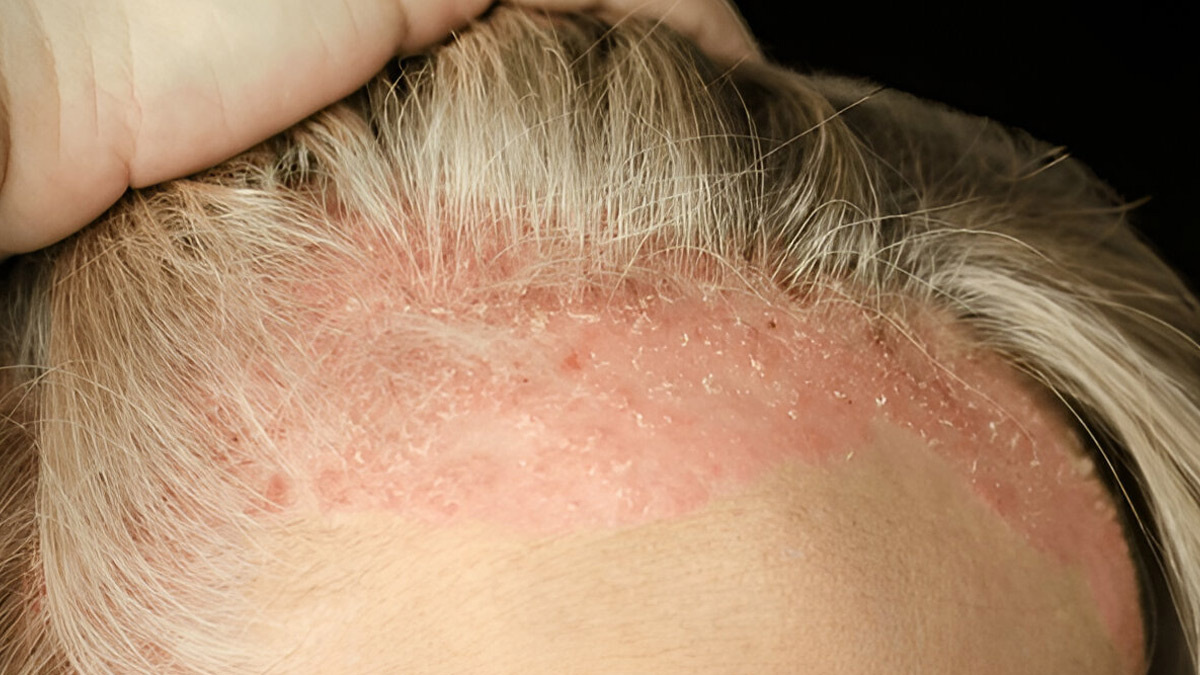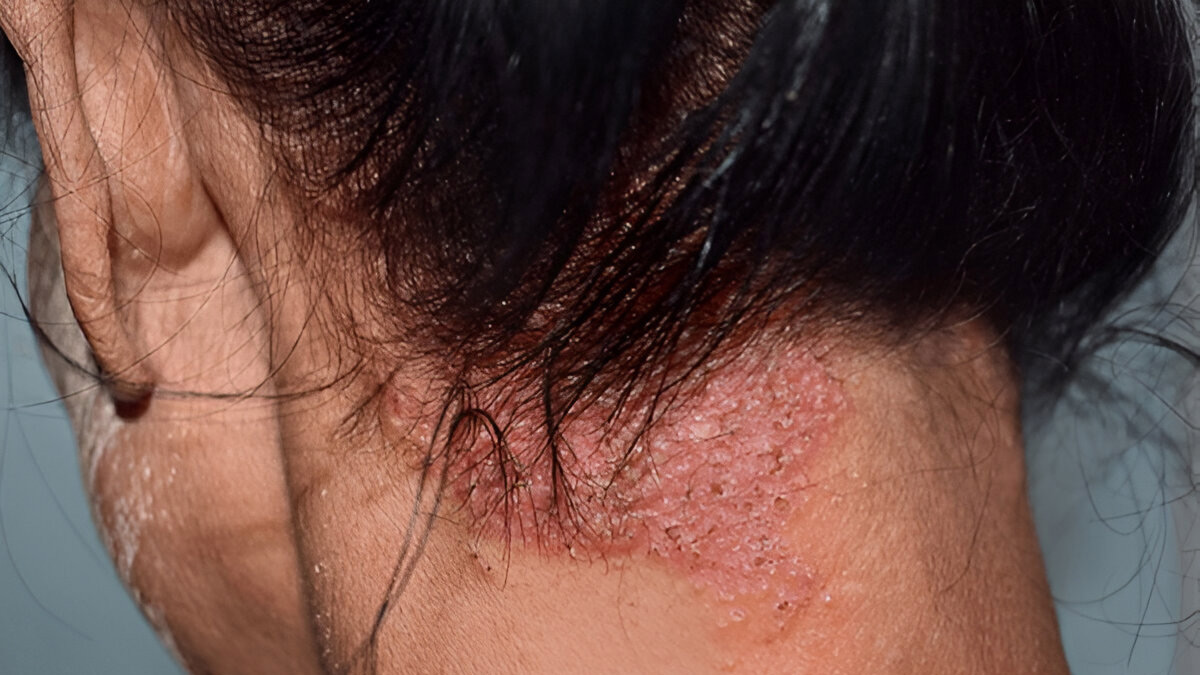
An itchy scalp usually sends most of us running for anti-dandruff shampoos. But what happens when you’re scratching your hairline constantly, yet see no sign of those telltale white flakes? No dandruff, no relief, and a lot of confusion. Turns out, dandruff isn’t always the culprit. Itching around the hairline can be a sign of many different underlying issues, from mild skin irritation to more serious scalp conditions. And yes, sometimes, your lifestyle habits may be adding fuel to the fire without you even realising it.
Table of Content:-
Why Is My Hairline Itching If I Don't Have Dandruff?
Scalp Psoriasis or Seborrheic Dermatitis

While both conditions can sometimes look like dandruff, they aren’t quite the same.
- Scalp psoriasis causes thick, silvery scales that are often clustered around the hairline, ears, or neck. It's an autoimmune disease where skin cells grow quickly.
- Seborrheic dermatitis is caused by yeast overgrowth in the skin and can produce red, oily patches and severe itchiness, usually around the front hairline.
If you notice redness, flakiness, or burning in addition to itching, it might be time to consult a dermatologist.
Allergic Reactions or Contact Dermatitis
Have you switched your shampoo recently? Tried a new hair serum or hair dye? Many hairline itch cases stem from allergic reactions to hair care products, especially those with fragrances, sulphates, or preservatives.
Even something as simple as your face wash or sunscreen can drip down and irritate your scalp near the edges. This is known as contact dermatitis, and the itching may be accompanied by a rash or even blisters in more severe cases.
Try doing a patch test next time you use a new product, and consider switching to fragrance-free or hypoallergenic options.
Also Read: Dry Shampoo Or Scalp Acne? When It’s Time To Take A Break From Hair Products
Sweat and Oil Buildup

Sweat and sebum (your scalp's natural oil) tend to collect around the edges of your forehead and scalp, especially if you wear caps or workout regularly. This accumulation can block pores, inflame the skin, and lead to chronic itching.
Even if your scalp doesn't appear oily, normal buildup can still exist. Attempt to clean your scalp with a mild exfoliating shampoo every week and never wear tight headbands or hats for extended periods.
Head Lice
Before you panic, lice are not just a “schoolkid problem.” Adults can get them too, especially if you’ve been in close contact with others or shared combs, helmets, or hats. Lice often gather behind the ears or at the nape and hairline, making the itch feel concentrated in these spots.
Look closely for tiny white or yellow nits stuck near the root of your hair. If lice are the cause, over-the-counter medicated shampoos usually work, but you’ll need to be diligent with combing and cleaning.
Dry Skin or Dehydration
If the weather’s cold, humidity is low, or you’ve been using hot water to wash your hair, chances are your scalp is just dry. Dehydrated skin can feel tight, flaky, and itchy, especially around exposed areas like the forehead and temples.
Try using a scalp serum with aloe vera or hyaluronic acid, and minimise the frequency of washing your hair with shampoo. Staying hydrated also goes a long way in keeping your scalp healthy.
Also Read: Does Your Scalp Feel Itchy During Monsoon? Here Are Its Causes and Remedies to Try
Fungal or Bacterial Infections

Not all infections with fungi resemble ringworm or result in redness visible to the eye. Sometimes they will simply produce irritation, slight swelling, or an intractable itch. Tinea capitis, or fungal infection of the scalp, can occur in individuals of any age.
Infections by bacteria from cuts or microtears, caused by severe scratching or tight hairstyles, are also a cause of discomfort at the hairline. If tenderness, swelling, or pus-filled bumps accompany the itch, seek medical attention.
When to See a Doctor
If your symptoms last longer than two weeks, increase in intensity, or are associated with hair loss, open sores, or inflammation, don't wait it out. Visit a dermatologist to exclude infections, autoimmune disorders, or allergies that require prescription drugs.
Bottomline
An itchy hairline with no dandruff is not something you should overlook. It's your scalp waving a red flag in your face, telling you to stop and notice. Ranging from product irritation and sweat accumulation to skin disease and infection, there are enough stealthy reasons lurking in plain sight.
[Disclaimer: This article contains information for informational purposes only. Hence, we advise you to consult your professional if you are dealing with any health issue to avoid complications.]
Also watch this video
How we keep this article up to date:
We work with experts and keep a close eye on the latest in health and wellness. Whenever there is a new research or helpful information, we update our articles with accurate and useful advice.
Current Version